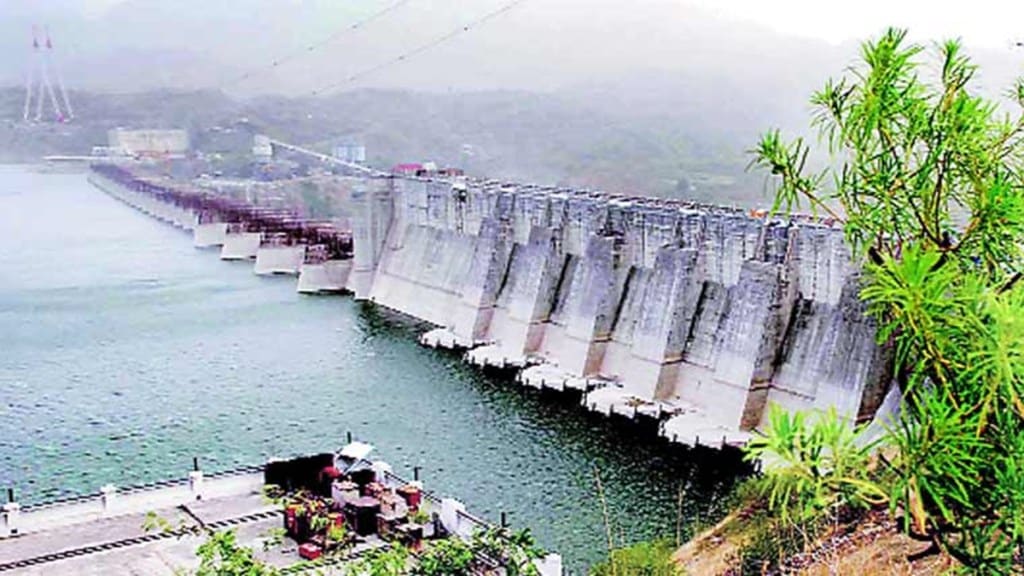Water tables in India’s reservoirs have dropped to a level 8% below last year’s record-high from 6% last week, amid lingering concerns over heat waves in many parts of the country and sluggish progress of monsoon so far. However, these are still comfortable levels, as the storage is 12% above the average in the last 10 years.
However, no large impact of this on the Kharif crops is anticipated at present, as the stored water is still much above the 10-year average, and is seen to be sufficient to irrigate the rain-fed swathes of the agriculturally important regions.
Also read: FM Nirmala Sitharaman discusses G20 efforts to strengthen MDBs
According to the Central Water Commission, water level of the country’s 143 reservoirs stood at 46.23 billion cubic metres (bcm) on Thursday, which is 26% of their combined capacity.
However, if the monsoon turns out to be below average, as predicted by private forecaster Skymet, the eastern region could face water scarcity and crop damage.
A year ago, the water available in these reservoirs was 50.03 bcm, and the average of the last 10 years was 41.23 bcm. “Current water level of reservoirs was 92% of the live storage of the corresponding period of last year and 112% of storage of the average of the last 10 years,” the CWC stated.
Of the reservoirs whose water levels are monitored by the CWC, 112 are located in the west, central and southern regions.
In the Southern regions, water levels have dropped below last year as well as last 10 year-average level.
However water levels in major dams in eastern regions especially in West Bengal, Bihar, Jharkhand and Odisha, have been just above last year’s level however less that last 10 year-average level. In these states, a large segment of the crop area is still rainfed.
West Bengal, the biggest rice producing state in the country, has irrigation coverage of only 51%, which may be impacted if monsoon rains become deficient. Areas under pulses and oilseeds in Maharashtra, Madhya Pradesh and Karnataka also depend on monsoon in a big way.
After most delayed arrivals in the last four years over Kerala coast on June 8, Indian Meteorological Department (IMD) on Thursday said conditions are now becoming favourable for the further advancement of monsoon over south peninsular India, some parts of Odisha, parts of Gangetic West Bengal, Jharkhand, Bihar, and east Uttar Pradesh in the next two days. It also said monsoon would enter Vidharbha and Madhya Maharashtra over the next couple of days.
Also read: Surge in edible oil imports cripple local units, tariff hike sought
The cumulative monsoon rainfall across the country, according to India Meteorological Department, (IMD) during June 1–22 has been 31% less than the benchmark long period average (LPA).
In terms of regional variations, monsoon deficiency has been 60% (central India) and 55% (south peninsula) so far.
Because of widespread rainfall because of low pressure following the cyclonic storm ‘Biparjoy’ over central part of Rajasthan, the northwest region has received 35% more rainfall than the normal benchmark.
The IMD has predicted rainfall at 96% of the LPA, while precipitation between 96-104% is treated “normal.”

